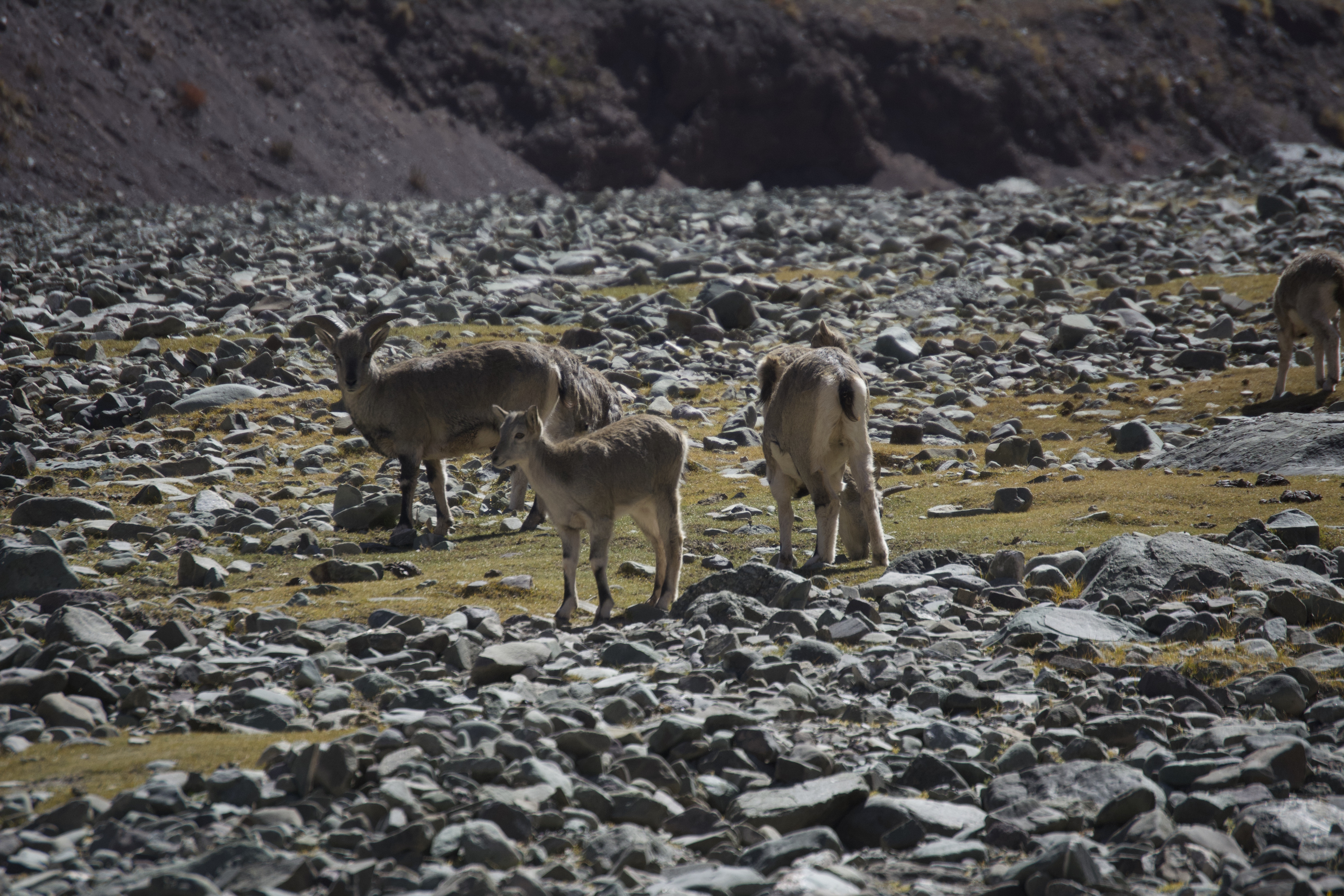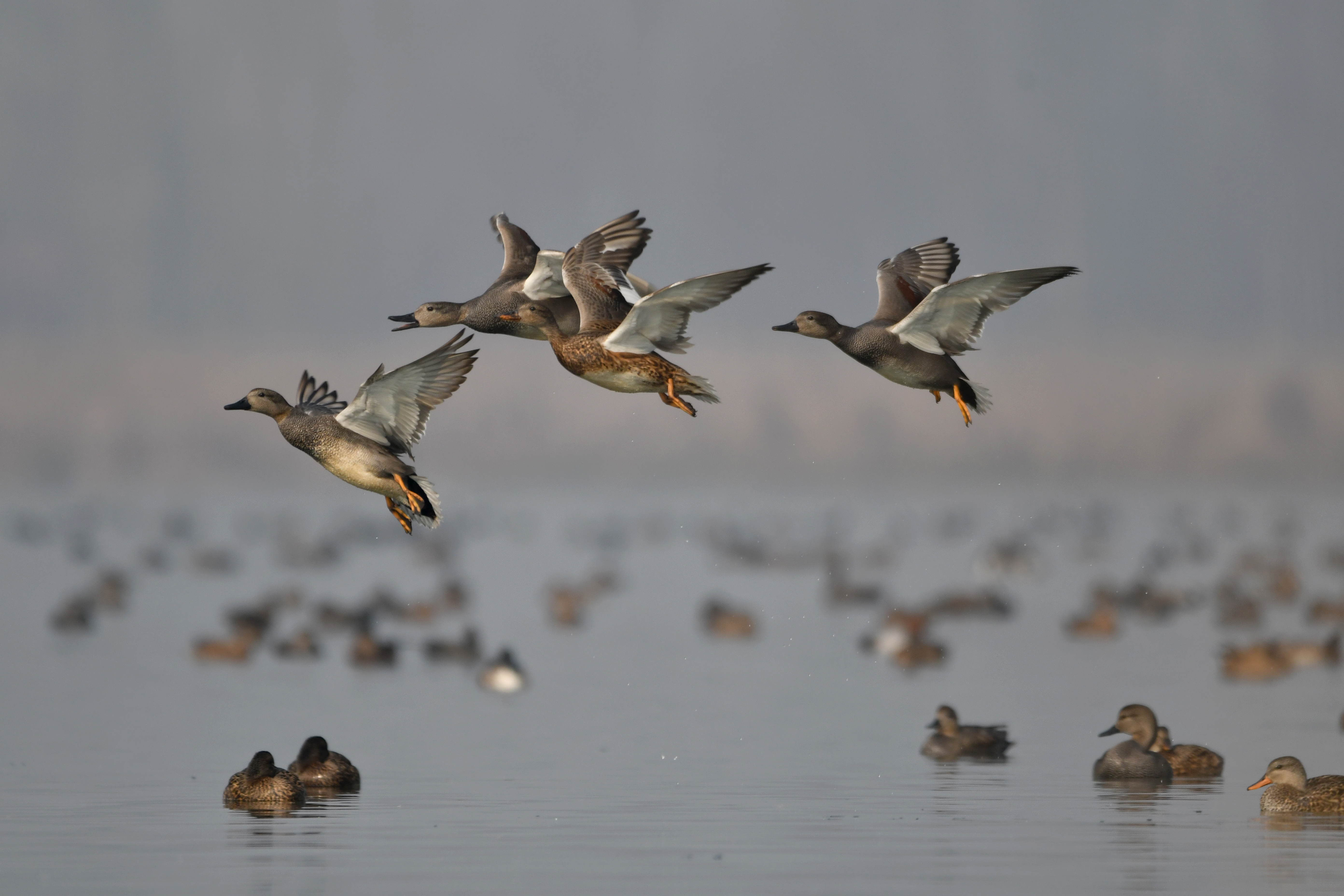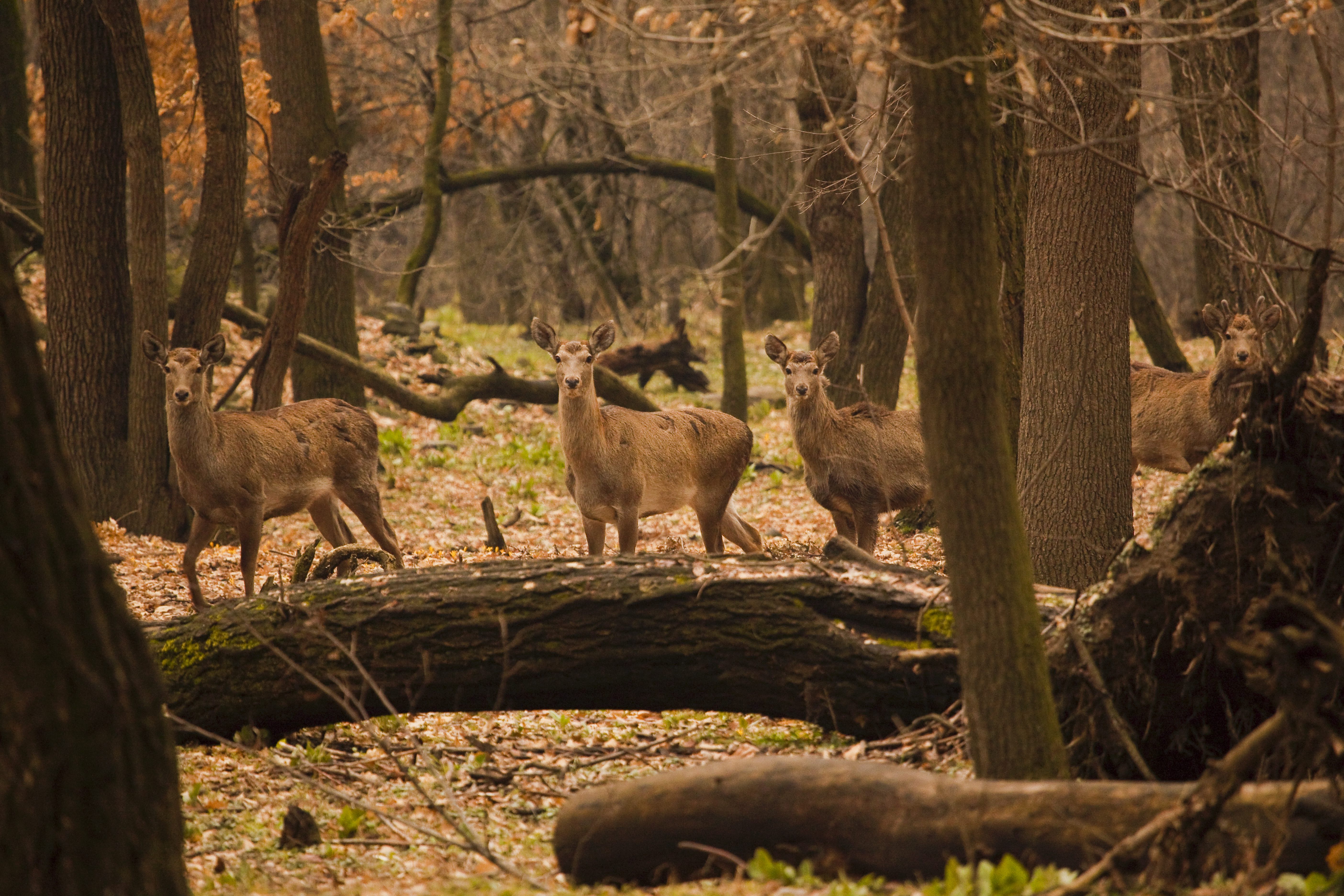I Finally Saw Brown Bears
First published in Sanctuary Asia,
Vol. 43
No. 8,
August 2023
By Mahmood Ahmed Shah
The Early Bird
In the summer of 2014, the high-altitude lakes were still under the grip of ice and snow, when we visited the high-altitude lake Chammra sar. Nestled in the recess of Mount Harmukh in the Jammu and Kashmir Himalaya, the lake has a tiresome ascent, and the snow made it even more difficult. On reaching the lake, we took a much-needed break. We ignited the isobutane stove and prepared lunch, following it up with a hot cup of tea; meanwhile, I set up my camera to capture a timelapse. The weather was pleasant and we enjoyed our stay by the lake.
The next day, I was the first to walk down, a decision I was to sorely regret. After about 10 minutes of descent, I noticed that none of my partners had followed me. I waited for a few minutes, then decided to return and climb back up to the lake. No sooner did I begin my ascent than I saw the group coming toward me, in a cheerful mood. They excitedly informed me that as I had left, they spotted a brown bear Ursus arctos isabellinus with two cubs climbing up the hill on the snowy slopes of the lake. I regretted having missed the family, and from that day, brown bears would elude me for a decade.

A herd of female Himalayan ibex Capra sibirica on the cliffs along the Kargil-Leh road. Photo: Mahmood Shah.
Human Influences in the Wild
Kashmir was once a famous hunting ground for those seeking big game such as hangul, black and brown bears, ibex, goral, serow and leopard. The markhor goat of the cliffs in particular, offered adventurers of the day a real challenge. Several books have been written on hunting; a few which I have read are Big Game Hunting – The Sportsman’s Guide to Kashmir, Ladakh by A. E. Ward, With Pen and Rifle in Kashmir by Otto Rothfield, and The Markhor, Sports in Cashmere by Hans Graf Von Königsmarck. Over the years, with changing times, game dwindled and became increasingly elusive. Though hunting was banned, habitat loss and human-animal conflict became more common resulting in faunal decline. Virtually every year, bear maulings and deaths have been reported, while videos of wild animal lynching also appear with just as much regularity.
Each winter, as snowfall bedecks the valley, the animals descend to Dachigam National Park to seek food and shelter. Dachigam, a jewel in the crown of Jammu and Kashmir, was established during Maharaja Hari Singh’s rule to offer protection to the majestic animals, and was the royal hunting ground for him and his valued guests. The Maharaja also introduced wild pigs to the park to make his hunts more interesting. As a consequence, an animal not native to the place has spread across the valley in recent years. CCTV footage reveals wild pigs wreaking havoc in tulip gardens, digging up bulbs and chomping on them.
British officers introduced trout to the wild streams of Kashmir to satisfy their angling pursuits here, and also established the first trout fish farm in Dachigam, which exists to this day and is managed by the Fisheries Department of Jammu and Kashmir. Trout has spread and habituated to all freshwater streams and many high altitude lakes as well.
Come autumn, animals feed and rut across the valley. This is also the best window to sight Himalayan black bear feeding on acorns in Dachigam. Oak trees were also introduced by Europeans as winter feed for hangul and black bear. One evening, my son and I were able to see several black bears in less than an hour in the company of Nazir Malik, an experienced wildlife guide who often accompanied me on visits to the park before he retired.

Every year, thousands of birds like these Gadwall Ducks Mareca strepera overwinter in the wetlands of Kashmir. By March they begin their return journey to the high-altitude lakes and marshes in the Himalaya. Photo: Hafizullah Sofi.
Wonders of Nature
In 2012, I was posted in Gulmarg as Chief Executive Officer of Gulmarg Development Authority, where I would regularly drive out at twilight to spot leopards. One evening, my persistence paid off, and I saw a bear and leopard together feasting on a horse. I could not believe my eyes! I drove past without stopping, and when I drove back, the bear had disappeared into the forest while the leopard was still guarding the carcass. On my third round, all three had disappeared and the next morning I found the half-eaten carcass in the adjacent forest.
With the onset of winter, the wetlands of Kashmir are abuzz with the arrival of thousands of migratory birds. Kashmir is a birding wonderland. Each winter, at the first sight of coots in Dal Lake I inevitably set off on journeys to our Happy Valley’s many wetlands. Hokersar, a Ramsar site, is an exceedingly good birding habitat that has, of late, been made even more tourist friendly by the Wildlife Department thanks to aesthetic and informative signages and informative displays. There is a calm that settles over one as expert boatmen hand-row you to transport you across bird-inhabited waters to a strategically placed watchtower. From here if a birder has the patience to remain still, a host of birds literally settle down around you to offer some of the closest and most intimate encounters with a diversity of migratory avians that normally offer little more than brief flashes of visibility.
Wildlife tourism has great potential in Kashmir as a revenue stream and offers great potential to boost wildlife conservation. Of course, much work remains to be done, but I was encouraged to see that young Kashmiris have established a group called ‘Birds of Kashmir’ to raise awareness of the region’s rich avian diversity. Already, we see very proficient Kashmiri youth birders emerging as experts, and visitors from near and far can be assured of help and guidance to visit habitats that offer sightings of endemic birds including the Kashmir Nuthatch Sitta cashmirensis, Kashmir Nutcracker Nucifraga multipunctata, Kashmir Flycatcher Ficedula subrubra and Ibisbill Ibidorhyncha struthersii. The Birds of Kashmir group was instrumental in recording rare migratory birds including the magnificent Tundra Swans that returned to Kashmir after 72 years. Unfortunately, the birds were shot by poachers for a few kilos of meat. Such acts virtually assassinate the potential for the major tourism boost that avians can gift the people of Jammu and Kashmir.
In 2019, when the state of Jammu and Kashmir was designated a Union Territory, the state bird was changed from the Black-necked Crane Grus nigricollis to the Khalij Pheasant Lophura leucomelanos, a beautiful black bird with striking white eye feathers. I had my first Khalij sighting at Gulmarg, where I unwittingly disturbed a flock while walking through the woods. Watching the birds flying gracefully downhill was a sight to remember.

The hangul or Kashmir stag is a distant relative of the European red deer. Geographic isolation has resulted in it evolving as a separate species. Kashmir’s Dachigam National Park is dedicated to its conservation. Photo: Mahmood Shah.
Fortune Favours the Brave
My work often took me to Ladakh to secure pashmina wool for Kashmir’s artisans. Upshi has the best domestic gene pool of the pashmina producing Changthangi breed of domestic goat. These animals inhabit the Changthang region of Ladakh, where intense cold causes the goats to grow an undercoat that protects them from the harsh winters. This wool, which is very fine fibre with a thickness of 11 to 15 microns, is shed with the onset of the summer and is collected and finely woven by talented Kashmir weavers. The wool is hand spun and hand woven to create what I consider to be the finest of shawls the world has ever known. At the farm, I not only witnessed the combing process by which the wool is removed, but also the birth of two kids.
While driving around Ladakh, a keen eye will almost inevitably reveal the region’s wild species. Partridges, of course, are a common sight, but I was able to record my first ever bharal (blue sheep), Tibetan Snowcock, pika and Himalayan hare en route to Pangong and Tso Moriri. While driving from Leh to Kargil, I was even blessed to come across an ibex herd.
In April 2023, I was in Ladakh, when I was informed about a brown bear sighting at Drass. Thanks to Roots Ladakh, a Kargil-based travel company operating in the Mashkoo valley, Drass, I was advised by them to time my arrival at Hulyal village in the evening. Lo and behold, before me was a brown bear with her cub. I could hardly believe my luck because, after a 10-year wait to see brown bears, I was finally able to sit quietly, blessing my good fortune all the while, for a full 90 minutes.
Mahmood Ahmed Shah is a senior Kashmir Administrative Services Officer, Former Director of Tourism, and current Director, Industries and Commerce and Director Handicrafts and Handloom Kashmir, he is an inveterate trekker and geology buff.

.png)


